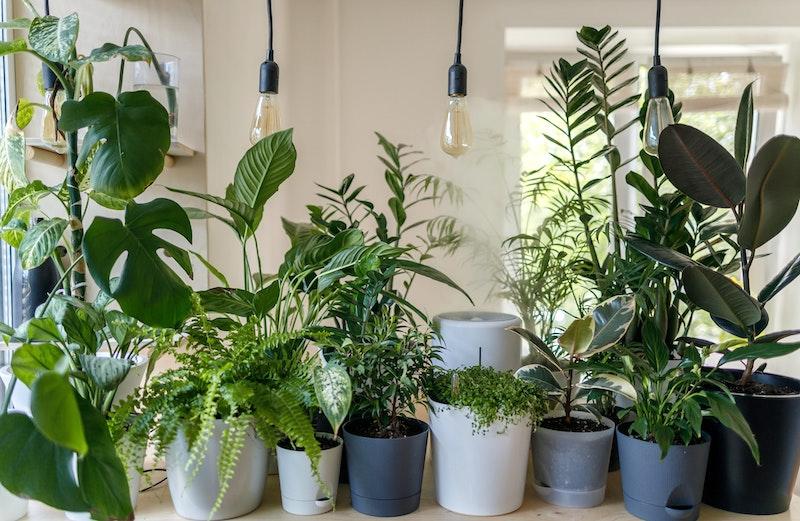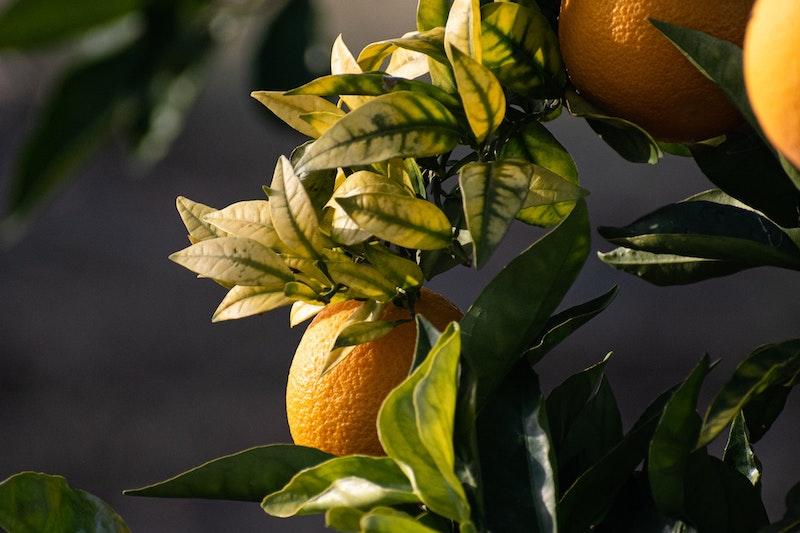Are you thinking of swapping one state for the other soon? If so, there’s a chance you want your beloved plants taking the leap with you. After all, you desperately need them to improve the appearance of your new house, to bring a touch of warmth and a breath of fresh air to the otherwise unfamiliar place. To be completely honest, you need them to make the house feel like a home. However, if you genuinely contemplate moving with plants, you’ve probably thought little of the actual process. You shouldn’t have such a hard time getting them over state lines, right? I mean, they are just houseplants, so what trouble could possibly be in the making?
Well, sorry to be the one to burst your bubble, but unfortunately, many things could go wrong. For one, you could be breaking the law, or maybe even a few! Different states have different regulations on what you can and can’t bring across state lines. These regulations include plants as well, or rather, some of them. Depending on the location of your move, you may be required to provide documents proving your houseplants are pest-free. In some parts of the US, the possibility of them being quarantined is also high.
Today, we will talk about why some plants can’t make the cross-country trip. We’ll also explain how to stay up to date with state-wide restrictions and what to do if the plants you own are on the blacklist.
Why is plant transport illegal in some parts of the country?
First and foremost, not all plants are banned from entering a specific state. To be precise, it’s more of restricted access than a full-on ban. But that doesn’t make moving with plants any easier. Not even the slightest!

Local governments have complete freedom in deciding which plants can make it across the border, which ones have to stay behind, and which ones must undergo inspections. And yes, the rules may sound harsh, but they are, sadly, necessary. They are enforced for a good reason: to prevent possible pest infestations and disease outbreaks. While some states have fewer regulations regarding plant transport, others have stricter ones in place. These include California, Florida, and Minnesota – the states with high agricultural revenues.
Here is a couple of regulations imposed by some state governments:
- Allowing access solely to indoor plants;
- Requesting plants go through a mandatory inspection or requiring proof of recently performed one;
- Putting houseplants in quarantine;
- Seizing plants at the border;
- Prohibiting certain ones from entering altogether.
How to stay on track with state-wide restrictions?
The Internet is your best friend here as it can provide you with all the necessary information. There are a couple of governing bodies you should consult, or actually, their websites.
For example, the United States Department of Agriculture (USDA) can provide you with a rundown of laws applicable to plant transport across the country. There, you will also find a Plant Protection and Quarantine Program.
For regional regulations, gather information from the Department of Agriculture of the state you are moving to. There may be additional ones in place. If need be, seek info from the local Department of Natural Resources as well.
Want to leave Maryland for good but finding it hard to contact the government of the other state? Contact your current Department of Agriculture, instead! They should provide guidance and valuable resources you need to successfully execute an interstate move with plants!
Should you need more details, you can search for them on the website of the National Plant Board. They update information regularly to account for law changes across all 50 states.
When in doubt, ask the experts
If you still find yourself in a grey area regarding the transportation of your plants, it’s always advisable to reach out to the experts. Consider speaking to the local extension service in your state or the state you’re moving to. This service, often linked with universities, is a rich resource of agricultural knowledge. Experts there can provide you with practical advice and solutions concerning the transport of your beloved greens.
Moreover, visiting a local plant nursery or a botanical garden can provide you with a wealth of knowledge. Professionals at these places are well-versed in different types of plants, their peculiarities, diseases, and pests. They can provide you with valuable insights into whether your plants will thrive or suffer in your new home state’s climate and ecosystem. You could also gain valuable information regarding plant care during transit, as abrupt changes in light and temperature can stress your plants.
What plants pose the highest risk of being denied entry?
The majority of plants are allowed passage provided the soil they are in is sterilized, they’ve passed inspection, or undergone quarantine. But that isn’t the case with California, Arizona, Hawaii, Florida, and Idaho, which have somewhat stricter rules. They even go as far as to prevent certain plants from crossing their borders completely!
Suppose you are moving to California or Florida. In that case, you won’t be able to bring along your citrus plant as it could harbor the gypsy moth, a gnarly creature capable of causing a massive infestation! Since the Golden State and the Sunshine State are among the biggest producers of citruses, consequences to their revenue could be disastrous if that were to happen.
On the other hand, Hawaii prohibits the transport of passion fruit, pineapples, and palm trees. They do this because all of the above carry a high risk of soil contamination and disease outbreaks.
Moving with plants should be a bit simpler if you don’t own any of the mentioned ones. Still, don’t forget to double-check, or else you could be responsible for paying hefty fines! Also, keep in mind that while professional movers like those found at helixmove.com may be able to move your belongings safely, perhaps they don’t have the experience when it comes to moving plants. By all means, however, ask them about it! But be prepared for the possibility of having to transport them inside of your vehicle instead.
Ensure your plants are healthy before the move
Regardless of the state you’re moving to, ensuring the health of your plants before the trip is paramount. Sickly or infected plants not only run a higher risk of not surviving the move but can also threaten the new state’s local flora. Thus, a thorough inspection is crucial.
Examine the leaves, stems, and soil for signs of diseases or pests. If you notice something wrong, treat the plant accordingly or seek professional help. Removing dead or diseased parts of the plant can also help improve its overall health and its chances of survival during the move.

What to do if you own problematic plants?
There are several options to choose from. If the state you are moving to prohibits your plant altogether, there really is no other choice but to leave it behind. However, to be entirely sure it’s going to get the treatment it deserves, give it to a family member, a friend, or, perhaps, ask a local nursing home if they are willing to take it in.
If the state permits the plant, but with a couple of restrictions, bring it with you. Just make sure to follow the regional guidelines to avoid confiscation.
If you don’t feel like dealing with border inspection, shipping the plant is also an option, provided it complies with regulations. You can send it by air, through the mail, or with the help of professional movers.

Understanding the emotional bond
Lastly, the attachment you feel towards your plants should not be dismissed lightly. Plants can hold sentimental value and contribute to a sense of familiarity and comfort in a new place. Therefore, if your plants are on the “blacklist,” don’t feel disheartened. There are always options like seed propagation or cutting methods that can help you bring a piece of your plant to the new place. Alternatively, you can donate your plants to a local community garden or a friend and start afresh with new ones in your new home.
Even if your new state allows moving with plants, that doesn’t necessarily mean you should go through with it. Not all plants are adept at surviving through climate changes! Instead of thriving in the new environment, they could quickly wither away. And that surely isn’t something you want.
Photos used:
Wall of plants
Plants with overhead lamps
Orange tree
Plants on countertop
